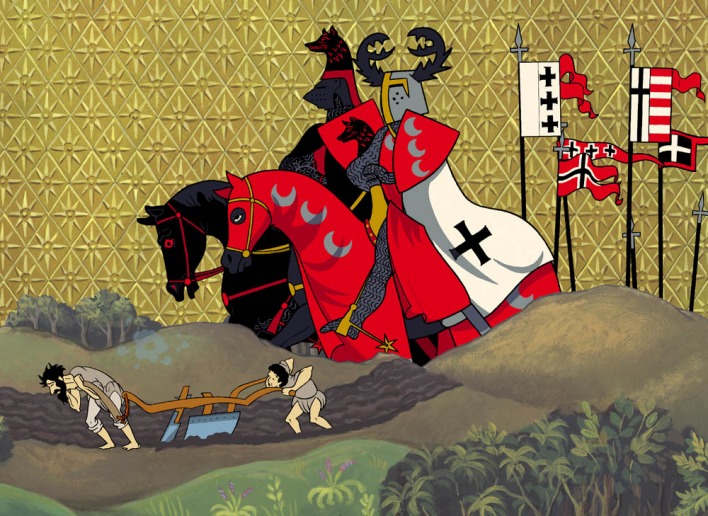We have nearly 1500 animation films in the collection, close on 600 of them being Hungarian. The others are from elsewhere around the globe: Russian, Czech, Polish, Bulgarian, Romanian animations, but we also keep American, Canadian, French, Yugoslav etc. films. The collection of Hungarian animation films is primarily restricted to one-off short films and long animations. The majority are legal deposits from the producers, copies withdrawn from circulation and passed to us for safekeeping, as well as early films discovered and purchased or donated. TV films, series and commissioned films can sometimes be found in the archives: if something along these lines is to be found here, it is certainly due to our passion for collecting.
Only very few films have survived from the earliest period of Hungarian animation filmmaking. There was no animation filmmaking in Hungary to speak of before the Second World War, although a raft of talented creative artists would have been available. In the 1930s, there was a blossoming mainly just in the applied field (graphic advertising and education film production) thanks to Gyula Macskássy and colleagues. Macskássy founded the first Hungarian cartoon film studio together with János Halász and Félix Kassowitz in 1934, which is why we mark the start of Hungarian film animation history from then.
After the war, animation filmmaking began to take wing in the 1950s, within the framework of the Magyar Híradó- és Dokumentumfilmgyár (Hungarian News and Documentary Film Factory), then in 1957, the genre put down deep roots with the establishment of the Pannónia Filmstúdió (Pannónia Film Studio). For three decades, the film synchronization and animation section operated in a ‘co-leasing’ format within the Pannónia Film Studio, with the two fields going independent in 1986. In 1994, the Pannónia Film Company transformed, and by the millennium a dozen different animation film production workshops were operating alongside each other. This fragmentation and changes in media (video and digital techniques instead of film print) complicate access to and acquisition of films.
The most significant of early Hungarian animation films are on nitrate-base film from the Macskássy bequest; the transfer to safety material of these films has been partly concluded. These films were originally made as advertisements but given their beginning-to-end storyline and high quality technical realization, they are worthy of attention as independent films in their own right.

The Tragedy of Man






